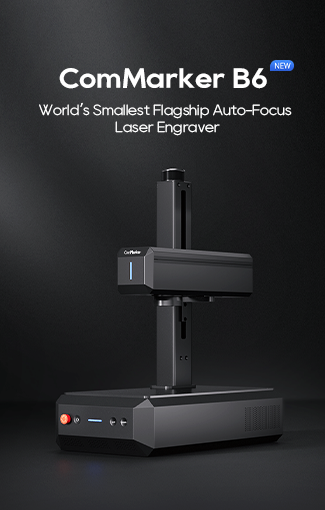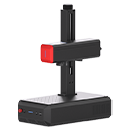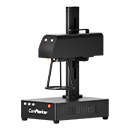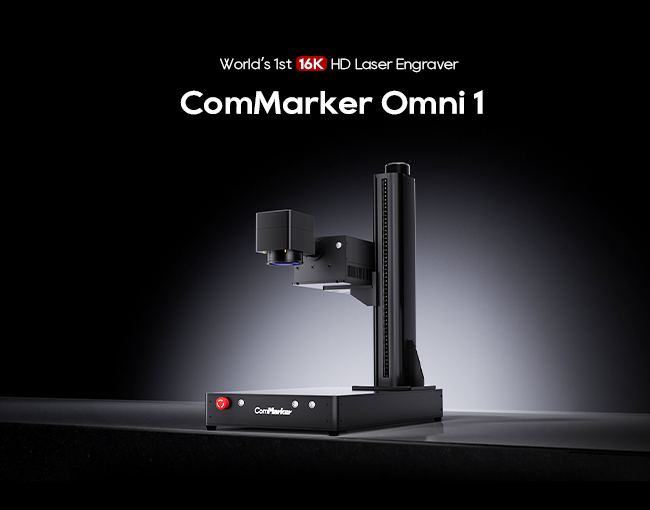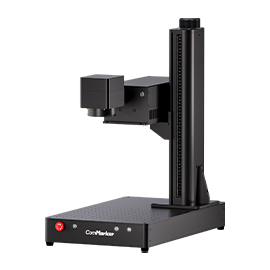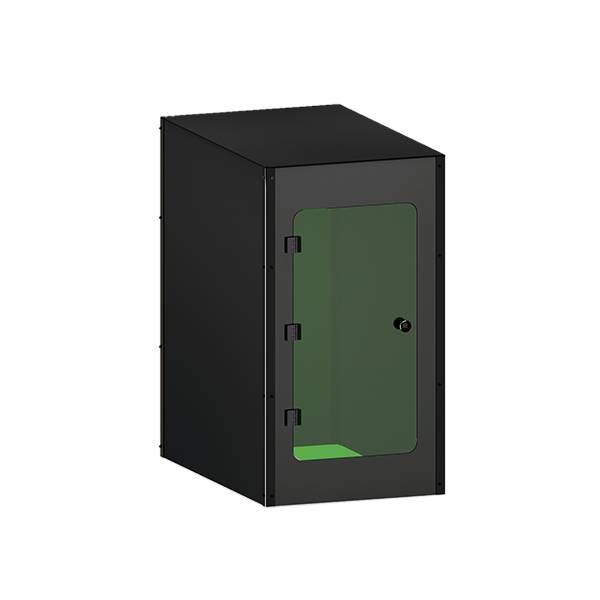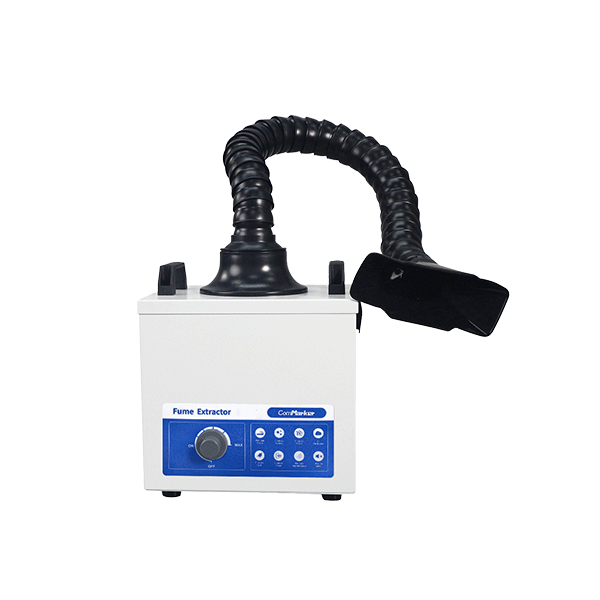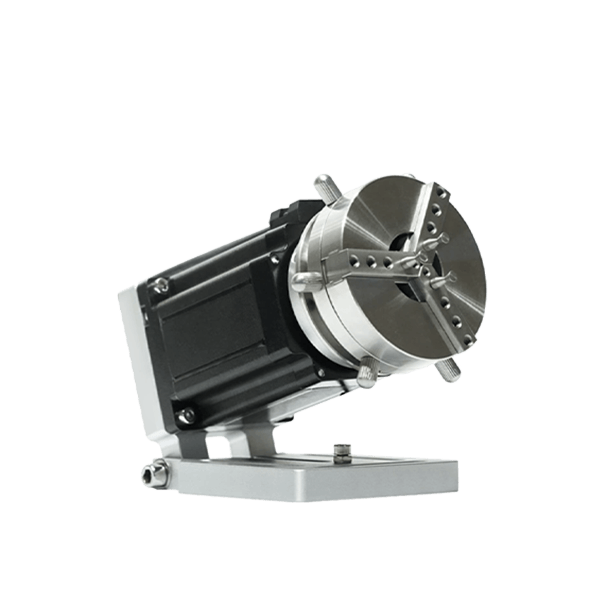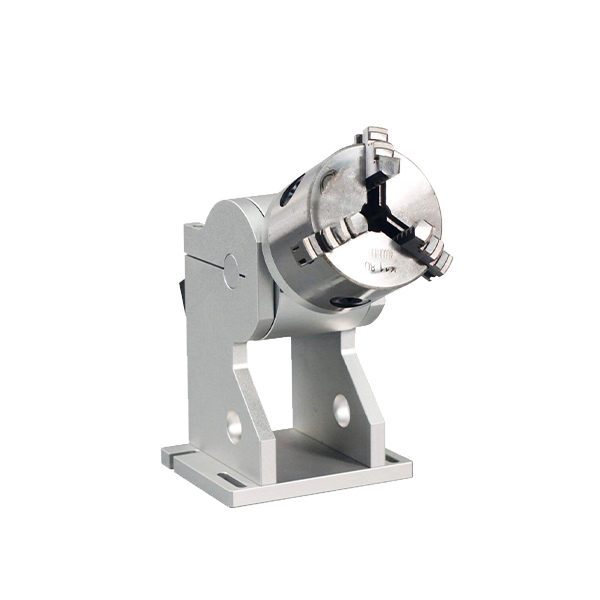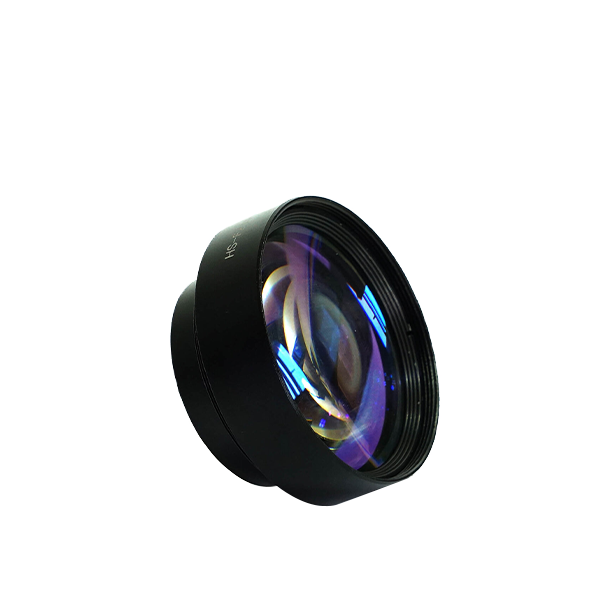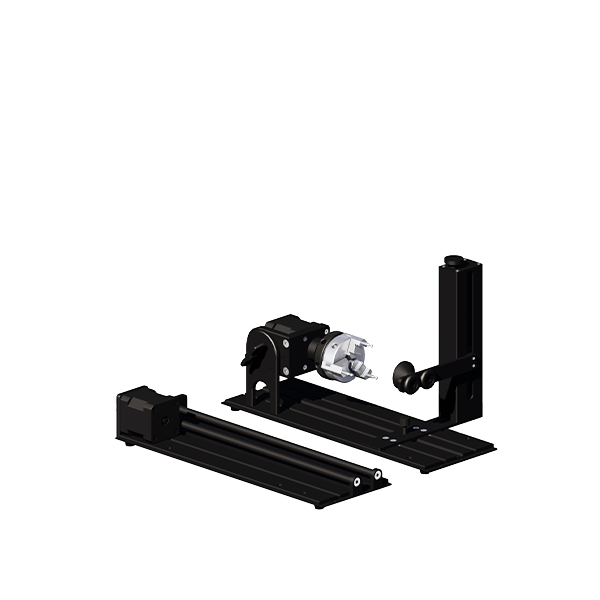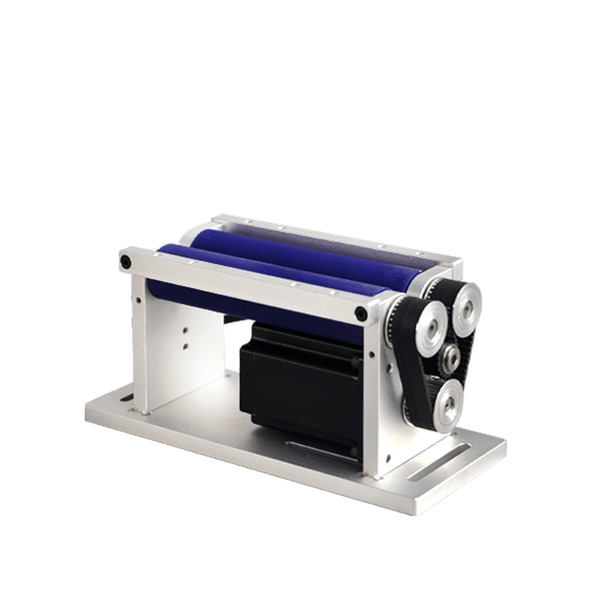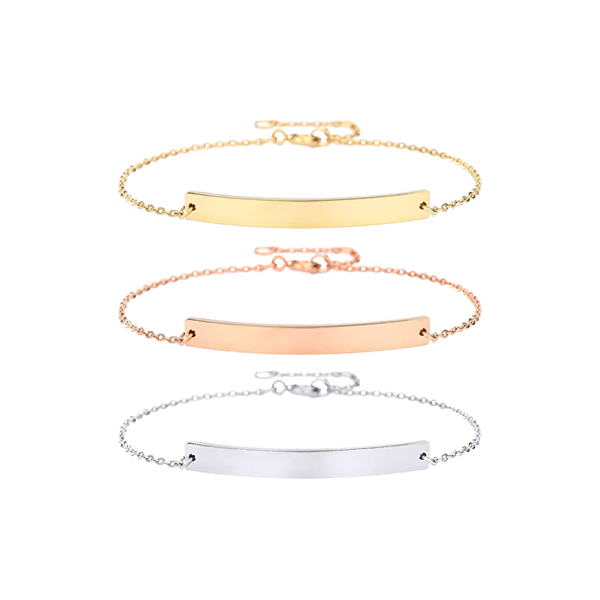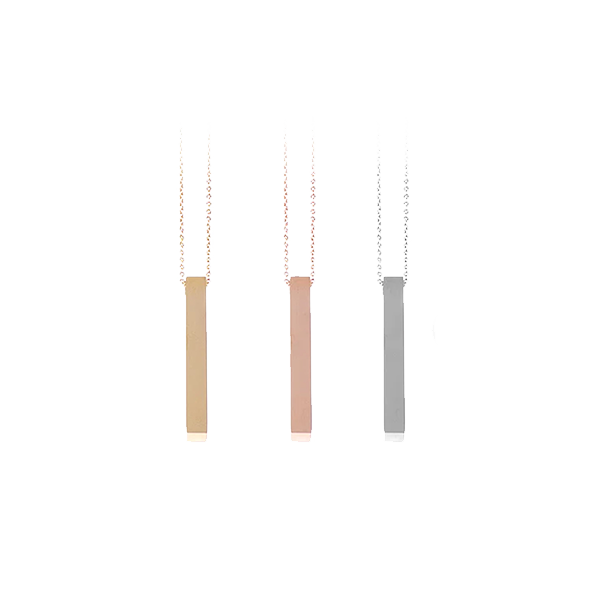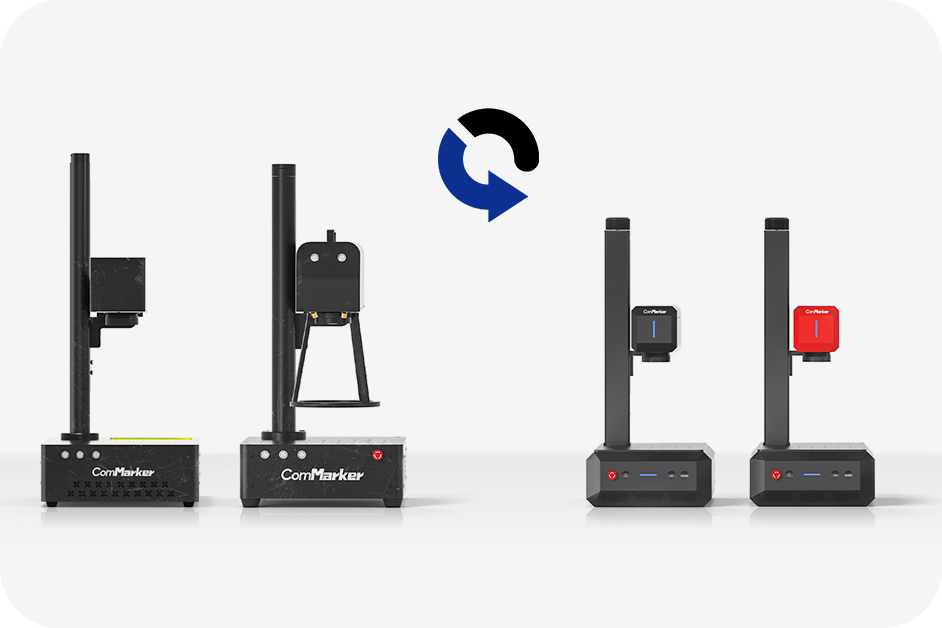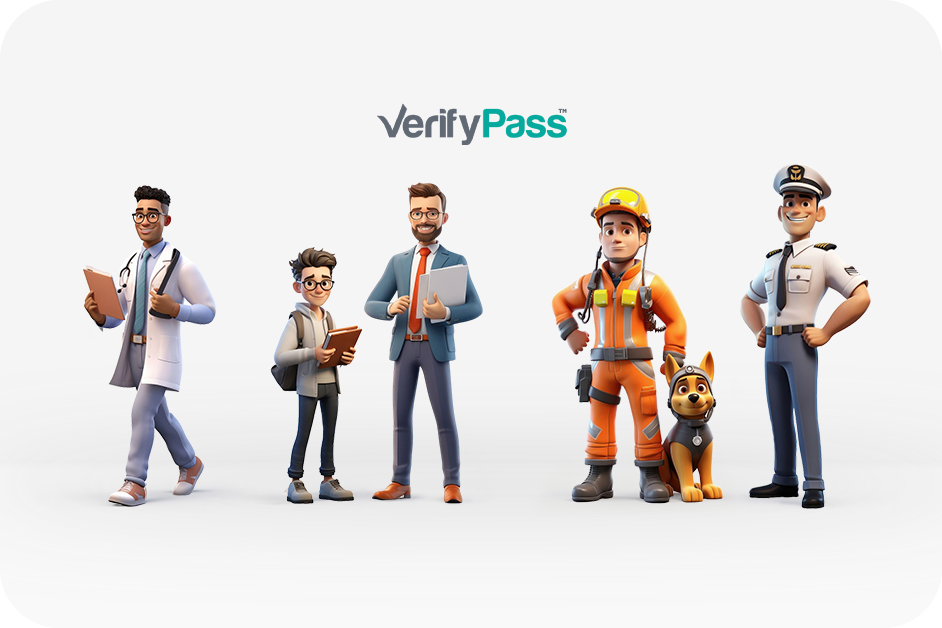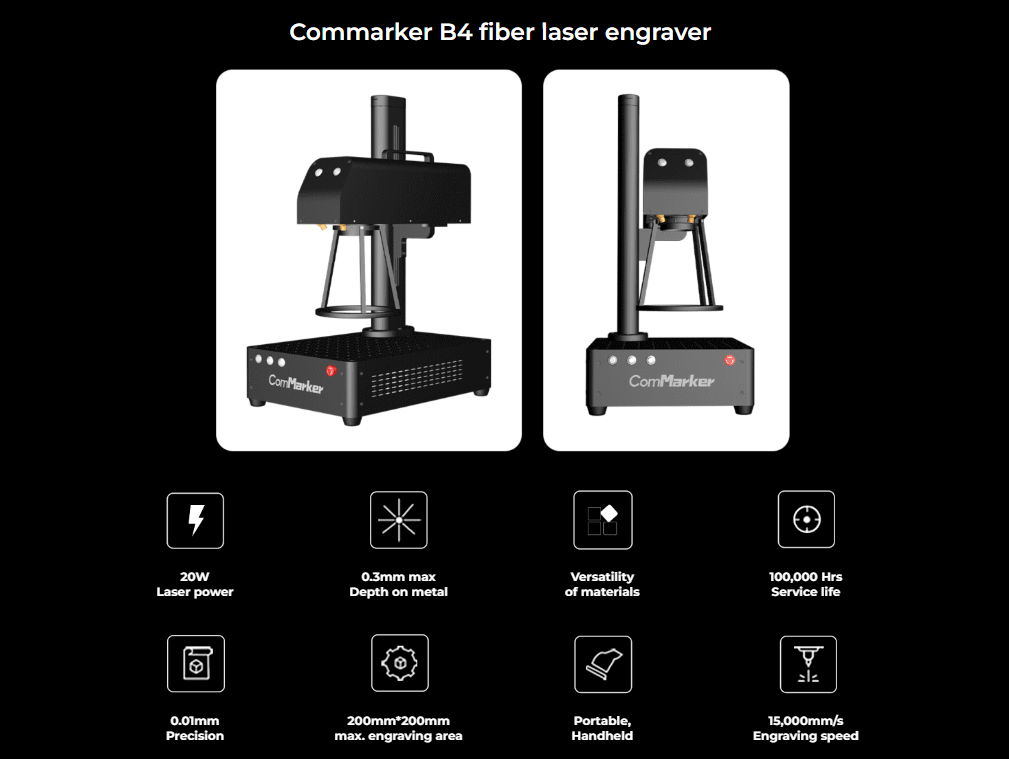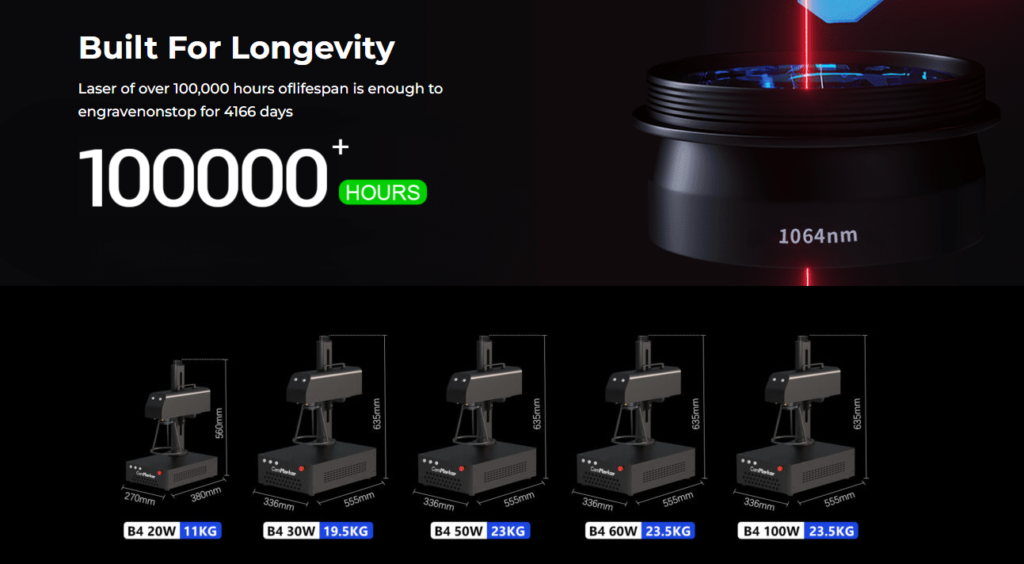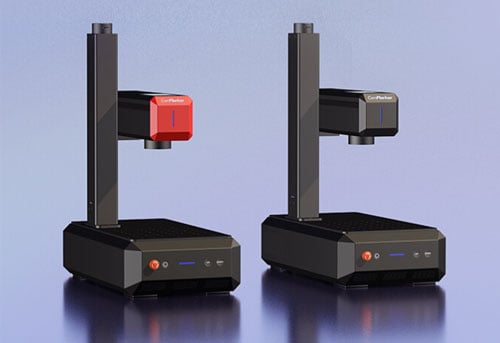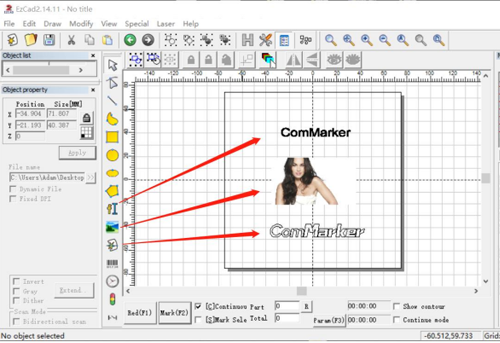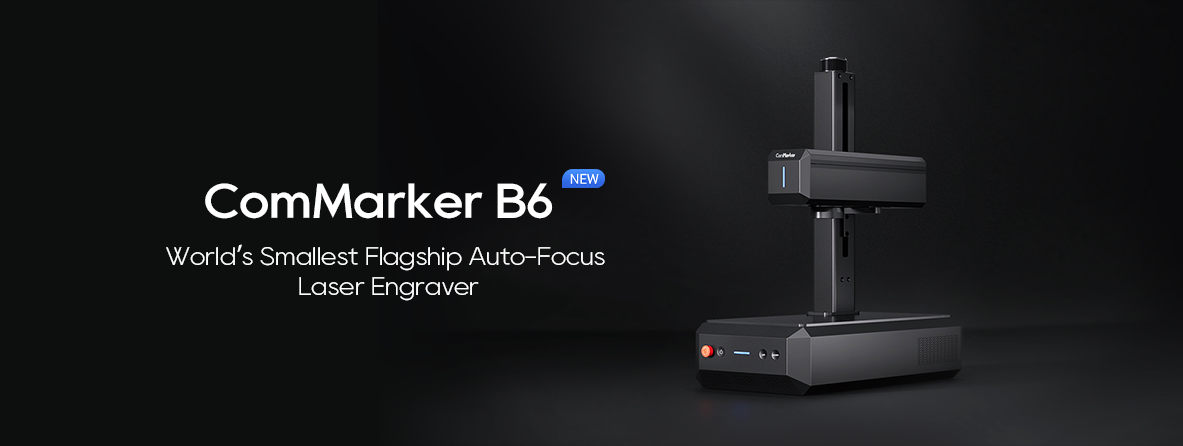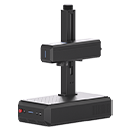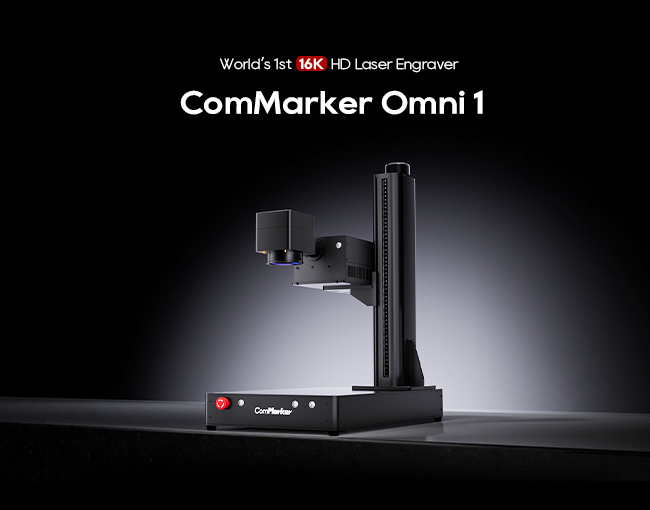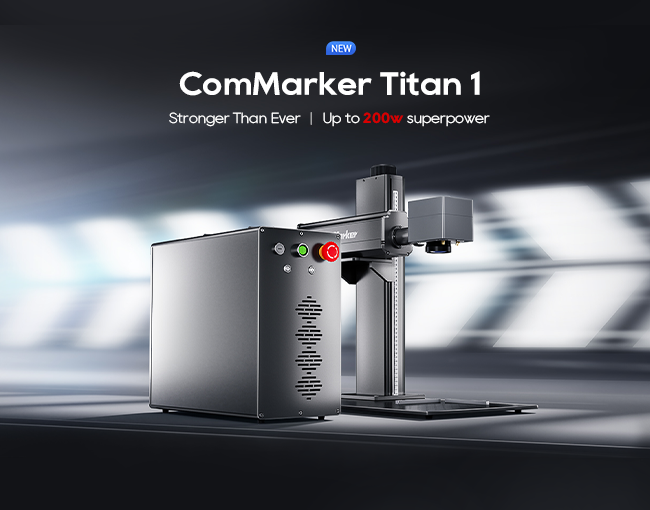1. Can you engrave with a fiber laser?
Yes, you can engrave with a fiber laser. Fiber lasers are highly effective for engraving a wide range of materials, especially metals. They produce a concentrated beam of light that can precisely engrave intricate designs, logos, text, and patterns onto surfaces. Fiber lasers are known for their ability to create detailed and high-contrast engravings on metals like stainless steel, aluminum, brass, and more. They can also engrave on non-metallic materials such as plastics and certain ceramics, depending on the material’s composition and the laser’s power settings.
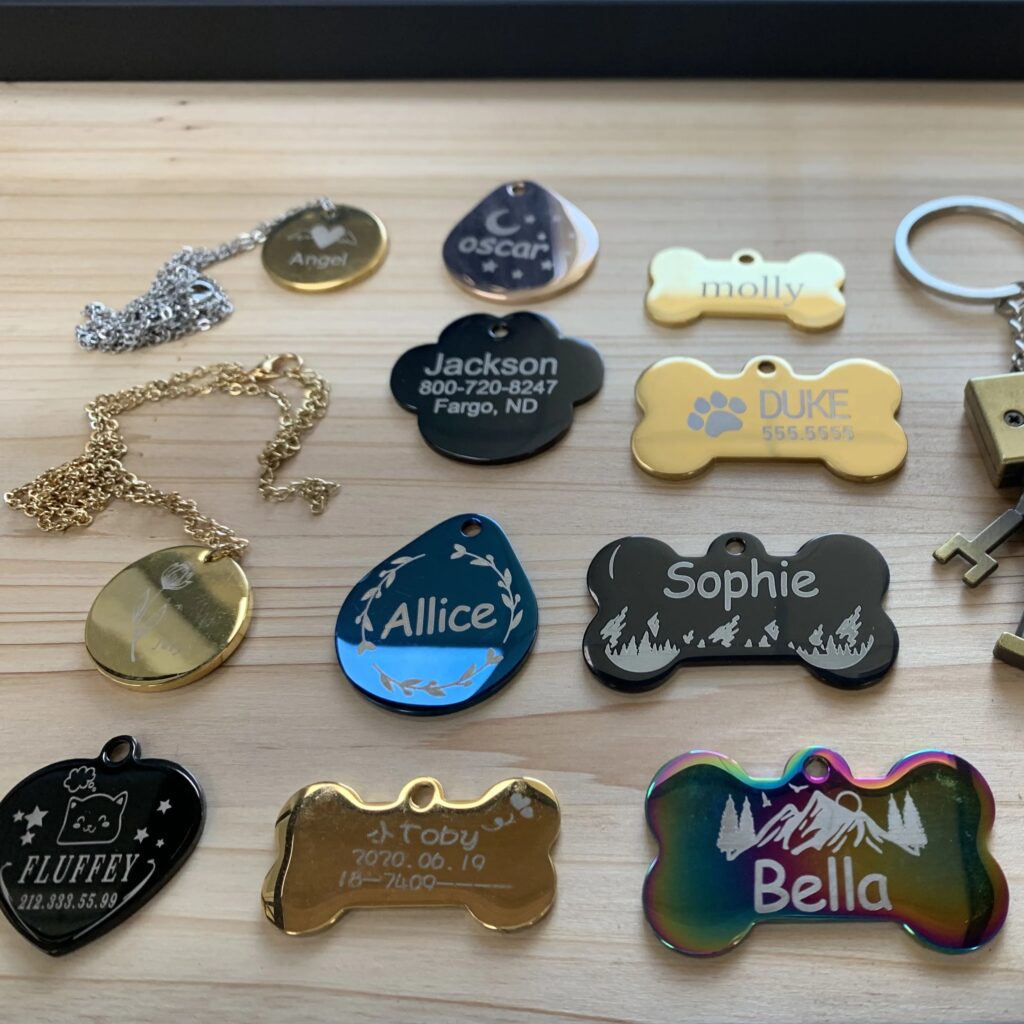
2. What can a 30W fiber laser engrave?
A 30W fiber laser can engrave a variety of materials with precision and detail. Some of the common materials that can be engraved with a 30W fiber laser include:
- Metals: Stainless steel, aluminum, brass, copper, gold, silver, titanium, and other metals.
- Plastics: Certain plastics, especially those that are laser-friendly, such as polycarbonate, ABS, and acrylics.
- Ceramics: Some ceramics can be engraved, though the results depend on the ceramic’s composition.
- Organic Materials: Wood, leather, and some types of fabric.
A 30W fiber laser is particularly well-suited for metal engraving, capable of producing high-resolution marks, barcodes, serial numbers, logos, and decorative designs.
3. Is a fiber laser worth it?
Whether a fiber laser is worth the investment depends on several factors, including the intended application, production volume, and material types. Here are some reasons why a fiber laser can be considered worth it:
- Precision and Quality: Fiber lasers offer high precision and quality in engraving, making them ideal for detailed and intricate designs.
- Versatility: They can work with a wide range of materials, particularly metals, which broadens their application scope.
- Durability and Longevity: Fiber lasers have a long lifespan and require relatively low maintenance compared to other laser types.
- Efficiency: They have fast processing speeds and low operating costs, especially due to low power consumption and minimal maintenance needs.
- ROI: For businesses that require consistent, high-quality engraving or cutting, the investment in a fiber laser can pay off through increased efficiency, quality, and expanded service offerings.
4. What can a fiber laser not cut?
Fiber lasers are not well-suited for cutting certain materials, including:
- Reflective Metals: Some highly reflective metals like copper and gold can be challenging to cut due to their reflective properties, which can reflect the laser beam back into the machine and cause damage or inefficiency.
- Organic Materials: Fiber lasers are less effective for cutting organic materials such as wood and leather, compared to CO2 lasers.
- Glass: Fiber lasers are generally not used for cutting glass because glass requires different laser characteristics, typically provided by CO2 lasers.
- Certain Plastics: Some plastics that are not laser-friendly can emit toxic fumes or not cut cleanly with fiber lasers.
For applications requiring the cutting of these materials, other types of lasers like CO2 lasers may be more suitable.
5. How long do fiber laser engravers last?
Fiber laser engravers are known for their durability and long lifespan. A typical fiber laser has an expected lifespan of around 25,000 to 100,000 hours of operational use. This longevity is due to the solid-state nature of fiber lasers, which have fewer moving parts and use diodes for laser generation. These diodes have a long operational life, contributing to the overall durability of the system.
The lifespan can vary based on factors such as the laser’s quality, maintenance practices, and frequency of use. Regular maintenance, such as keeping the equipment clean and following manufacturer guidelines, can help maximize the lifespan of a fiber laser engraver.
6. What are the disadvantages of fiber laser cutting?
While fiber laser cutting offers numerous advantages, there are some disadvantages to consider:
- Initial Cost: Fiber laser systems are generally more expensive than other laser types, such as CO2 lasers. This higher initial investment can be a barrier for some businesses.
- Material Limitations: Fiber lasers are not ideal for cutting non-metals like wood, glass, and some plastics. They are primarily designed for metal cutting and may not be as versatile in cutting a wide range of materials.
- Reflective Materials: Cutting highly reflective metals, such as copper and gold, can be challenging due to the potential reflection of the laser beam back into the machine, which can cause damage or inefficiencies.
- Complexity and Maintenance: While fiber lasers require less maintenance than some other laser types, they can still be complex to operate and maintain, especially for users without experience in laser technology.
- Heat Affected Zone (HAZ): While fiber lasers produce a smaller HAZ compared to other cutting methods, it can still be a concern for some precision applications where thermal distortion must be minimized.
- Skill Requirement: Operating a fiber laser system effectively requires training and skill, especially for complex cutting and engraving tasks. This can add to the initial setup costs in terms of training and operator education.




